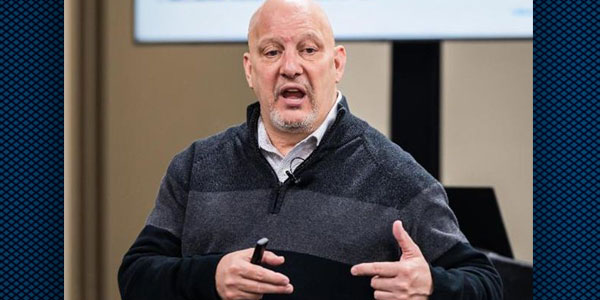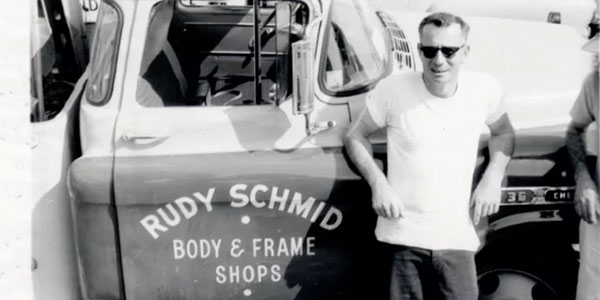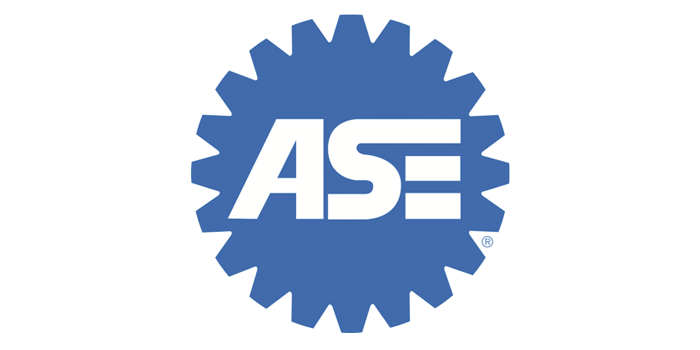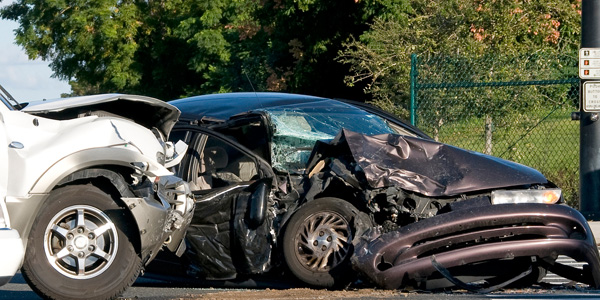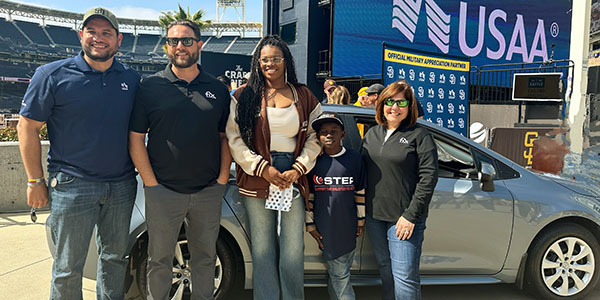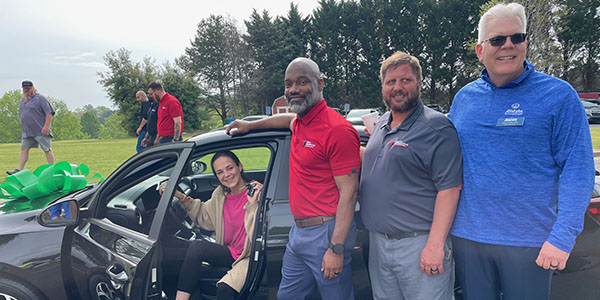With much of the industry discussing State Farm’s pilot testing of an electronic parts procurement program, the Society of Collision Repair Specialists (SCRS) has come out with a statement wondering aloud what the true benefits of such a program will be for the insurer, vendor, body shop and customer.
“The benefit to State Farm is clear; there is an obvious savings for the carrier through the use of this program,” the statement from SCRS read.
SCRS provided a brief history of the test program: from 2007 to 2009, State Farm tested the program with some of their DRP shops in California and Indiana. The program revolved around a parts discount to State Farm from OEMs, facilitated through an electronic parts ordering program.
In April 2011, State Farm released an online video discussing future parts ordering initiatives. That same month, SCRS states that Insurance and Technology published an article referencing a report released by Stephen Applebaum and the Aite Group on State Farm’s program. Applebaum wrote:
"…the U.S. collision industry repairs about 10 million vehicles annually, at an average cost of about $3,000 each, for a total of approximately $30 billion. Of that, parts represent 33 percent, or about $10 billion. Given the level of influence carriers exert and that much being spent on parts, it is inevitable that carriers will seek to gain greater visibility into, and control of, the parts procurement process. After all, each percentage point is worth $100 million to someone.”
Less than a year later, in the early months of 2012, State Farm began testing the program – an online parts-ordering/bidding software program developed by a New Zealand firm called PartsTrader – in areas of the U.S. including Tucson, Ariz. and Birmingham, Ala.
State Farm facilitated the rollout in test areas with both the parts vendors as well as the repair shops in their network. In a letter issued to parts suppliers, State Farm wrote:
“All repairers currently participating in the Select Service program have agreed to use automated replacement parts locating services or applications if requested by State Farm, and will be required to use PartsTrader. Suppliers registered with PartsTrader will have the ability to provide competitive pricing on the entire parts order through the quoting process, which may provide opportunities to increase sales volumes.”
Under the program, SCRS says that State Farm instructed the repair facilities to follow these steps:
1. Write a complete estimate with the OEM parts listed in the database and save in preliminary status.
2. Export the estimate to your EMS directory. The PartsTrader software will pull the parts list into the application automatically.
3. Within PartsTrader, forward the quote request to all part suppliers (quote time is adjustable by the repairer).
4. When the quote time expires, review quote responses and order selected parts.
5. Update the estimate with the selected part types and prices.
6. Upload the committed estimate.
NOTE: The same procedure should be followed on supplements. In cases where a "recycled" assembly is required, select the "recycled" part type on the estimate with a price of zero dollars so that the suppliers recognize the need for an assembly.
In an interview with BodyShop Business in April 2011, State Farm Claims Consultant George Avery said he believed that electronic parts ordering would benefit all parties involved in collision repair transactions: shops, insurers, customers and vendors. But top of the list, he said, was the vehicle owner.
SCRS, however, is questioning the benefit to repairers after examining what they claim are real-life quotes from the bidding process for three bumper components and a lamp necessary to repair front-end damage.
For one part, the dealer maintained the OEM MSRP list price, while the other two offered a 15.46 percent discount off the list price, reducing the list price by $54.42. SCRS says the margin on the discounted parts is 2 percent lower than the part with the MSRP pricing, which means the repair facility makes $25 less profit on this part and the dealer makes $29.42 less. According to SCRS, the insurance carrier saves $54.42 due to the reduction in the list price.
“Will the consumer ever see any of these savings, or do these savings increase the carrier’s profit margin?” SCRS asked.
For the second part, two of the dealers offered a 23.52 percent discount on the list price, with a 2.01 percent decrease in margin. According to SCRS, this equates to a $5.66 loss in profit to the repair facility, a $7.97 loss to the dealer and a $13.63 savings to the insurance carrier.
For the third part, two of the dealers offered a 23.39 percent discount on the list price, with a 2 percent decrease in margin. SCRS said this equates to a $2.57 loss in profit to the repair facility, a $3.62 loss to the dealer and a $6.19 savings to the insurance carrier.
For the fourth part, two of the OEM dealers offered a 22.09 percent discount on the list price, with a 2 percent decrease in margin. According to SCRS, if the shop selects OEM, this equates to an $18.29 loss in profit to the repair facility, a $25.20 loss to the dealer and a $43.49 savings to the insurance carrier. However, there were also 3 "Recycled Grade A" part options to consider as well, with the cheapest used part listed at $25. According to SCRS, if the repairer were to bill this part with a 25 percent markup, that part would list on the estimate for $31.25, producing $6.25 in profit to the repair facility. Compared to the OEM part with the OEM MSRP, SCRS says the used part could equate to a $62.65 loss in profit dollars to the repair facility, with a savings of $165.61 for the insurance carrier.
SCRS concluded that, with this small repair with only four front-end parts, if the cheapest part was selected in each scenario, the overall parts order would result in the repair facility losing $95.88 in parts profit compared to ordering parts using traditional OEM MSRP. However, says SCRS, the program would save the insurance company $239.85.
“Aside from the loss of real money associated with parts dollars, there are additional expenses to consider as well,” stated SCRS. “There is a waiting period before an estimate can be locked while the repair facility waits for quotes. Once those quotes are received, each part price needs to be manually re-entered into the estimate before it can be committed. This particular example only has four parts; how much administrative cost is associated with that task if there are 40 parts? What is the cost of potentially dealing with multiple suppliers to maintain the most ‘competitive price?’"
SCRS concluded by stating, “It is too early to have answers to many of these questions, but repair facilities in the U.S. would be well served to start looking at how programs such as this impact your business now, and how you wish to react to them in the interest of your business’ health and welfare.”
More information:

